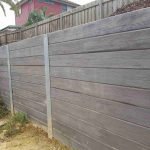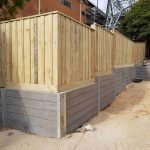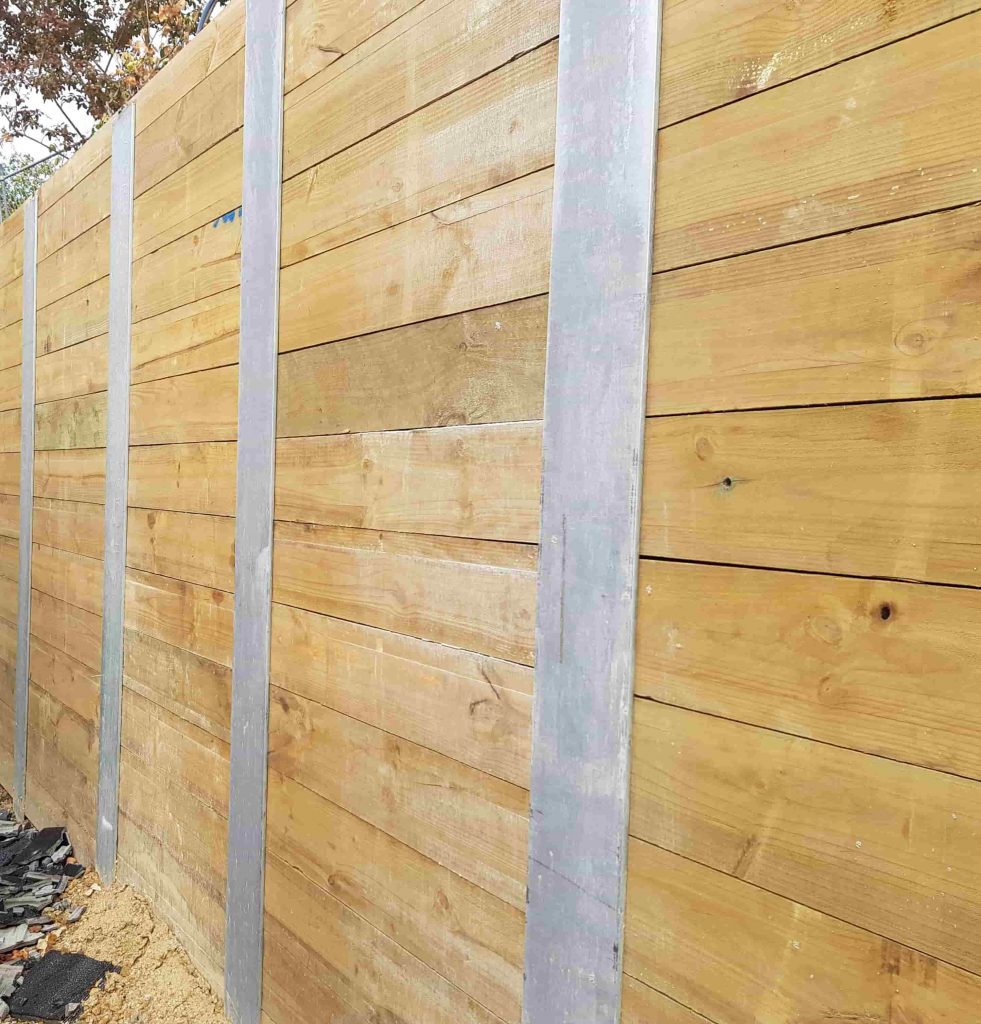Introduction
Building a maintaining wall is more than just stacking stones or putting lumber; it's an art that mixes engineering principles, design looks, and practical functionality. As we look into From Principle to Conclusion: A Day in the Life of a Retaining Wall Builder, you'll find the intricacies associated with this interesting profession. Whether it's handling concrete sleepers, H beams, or timber sleepers, every aspect plays a pivotal role in guaranteeing that the structure not just looks great however likewise stands the test of time.
What is a Maintaining Wall?
A maintaining wall is a structure developed to hold back soil and prevent erosion on sloped surface areas. These walls are important for maintaining landscape stability and can be made from different products such as stone, wood, and concrete.
The Function of a Retaining Wall Installer
A retaining wall installer is responsible for transforming strategies into concrete structures. https://tuffstuffretainingwalls.com.au/ They work closely with designers and landscape designers to ensure that the completed product satisfies both functional and aesthetic criteria.
Understanding the Different Kinds of Maintaining Walls
Concrete Sleepers
Concrete sleepers are pre-cast blocks utilized for their robustness and sturdiness. They provide outstanding assistance for heavy loads and are resistant to rot and pest damage.
H Beams
H beams offer substantial structural support due to their shape, making them ideal for taller retaining walls where extra strength is required.
Wood Sleepers
Though aesthetically enticing, wood sleepers need routine upkeep due to their vulnerability to decay. Nevertheless, they can provide a warm visual that mixes well with natural landscapes.
Timber Sleepers
Timber sleepers are frequently used in residential tasks where less height is needed. They can develop a rustic beauty however included issues about longevity.
Stone Maintaining Walls
Stone walls are timeless and can add enormous worth to homes. Their natural look makes them popular in landscaping designs however requires experienced workmanship for appropriate installation.
The Preliminary Consultation: What Takes Place First?
During the preliminary consultation stage, a retaining wall contractor meets clients to discuss their requirements and choices. This phase involves site assessments, understanding drainage problems, and identifying material choices.
Planning & Design Stage: Crafting the Blueprint
Once preliminary discussions conclude, in-depth blueprints are produced. This strategy consists of measurements, material specifications (be it concrete sleeper or stone), and drainage solutions.
Permits & Regulations: Browsing Legalities
Before building begins, protecting essential authorizations is important. Building codes vary by place; thus comprehending local regulations guarantees compliance throughout the project.
Preparing the Website: Cleaning & Excavation Work
Preparing the website includes cleaning vegetation and debris followed by excavation work. This action lays the foundation for a structurally sound maintaining wall.


Material Choice: Picking The Right Components
Selecting materials lines up closely with style objectives while also considering spending plan restraints. Factors like toughness (concrete vs. timber sleeper) play a vital function in this decision-making process.
Foundation Work: The Value of Stability
A strong structure is non-negotiable when developing any retaining wall. Whether utilizing H beams or stone, ensuring stability prevents future collapses or shifts.
Construction Process: Detailed Execution
Lay Out The Plan
Using stakes and string lines assists envision where each component will go.
Excavate For The Base
Digging down ensures that water will drain pipes correctly far from the wall.
Install Drain Solutions
Appropriate drainage systems avoid soil saturation behind walls.
Constructing The Wall
Depending upon picked products (like concrete sleepers), walls may be constructed layer by layer.
Backfilling
Once set up, backfilling assists stabilize the structure while making sure adequate drainage.
Finish Work
Adding any desired functions like caps or decorative elements finishes the look.
Tools of The Trade: Essential Devices For Builders
Having an array of tools at your disposal makes all jobs much easier:
- Shovels & & Picks Levels Compactors Trowels Power Tools
Quality Control Measures Throughout Construction
Quality control ensures that every aspect meets market standards:

- Regular Inspections Material Testing Adherence To Plans
Addressing Obstacles On-Site: Problem-Solving Abilities Required
No building task goes off without a hitch! From unanticipated weather condition changes to material lacks-- being adaptable is key!
Final Touches: Visual Enhancements For Your Keeping Wall
After building and construction comes beautification:
Landscaping around it Adding plants or lighting Painting or staining wood structuresMaintenance Tips For Longevity Of Keeping Walls
To extend the life of your retaining wall:
- Regularly examine for cracks Clean particles Check drain systems
Common Frequently asked questions About Retaining Walls
1. What products are best for constructing maintaining walls?
Choosing between concrete sleeper, stone, timber sleeper depends upon aesthetic preference and structural requirements.
2. How tall can my keeping wall be?
Local guidelines determine height limits; typically in between 4-- 6 feet without unique permits.
3. Do I require preparing permission?
In most cases yes; inspect regional building regulations before starting construction.
4. Can I set up a keeping wall myself?
While DIY is possible, hiring specialists makes sure safety and compliance with regulations.
5. How do I maintain my keeping wall?
Regular examinations must concentrate on looking for fractures or drain problems; instant repair work boost longevity!
6. Are retaining walls expensive?
Costs vary based on materials picked(e.g., wood vs stone)in addition to labor expenses involved.
Conclusion
In conclusion, constructing a maintaining wall involves precise preparation from start to finish-- hence why understanding every action in this journey from concept through conclusion matters tremendously! From selecting products like concrete sleepers or wood to browsing legal requirements-- it's clear how thorough this procedure genuinely is! So next time you see one standing high against nature's forces-- take a minute to appreciate all that went into developing it!